
BRICK – There are six water towers, or tanks, used in the township, all built between 1964 and 1993 and each shaped like a giant cylinder.
One of the tanks, called the “finished water tank,” is located onsite at the BTMUA (Brick Municipal Utilities Authority) headquarters on Route 88.
“That is the tank where, as we treat our water and prepare to send it into our system, we fill that tank,” said the authority’s Director of Water Quality Joseph Maggio.
The water in the finished tank – which comes from the Brick Reservoir, from the Metedeconk River and/or from wells that are located at the BTMUA site – is treated and purified there before it gets sent to the other tanks.
The water sources, referred to as “our portfolio of source water,” is varied, Maggio said, since some municipalities only have wells.
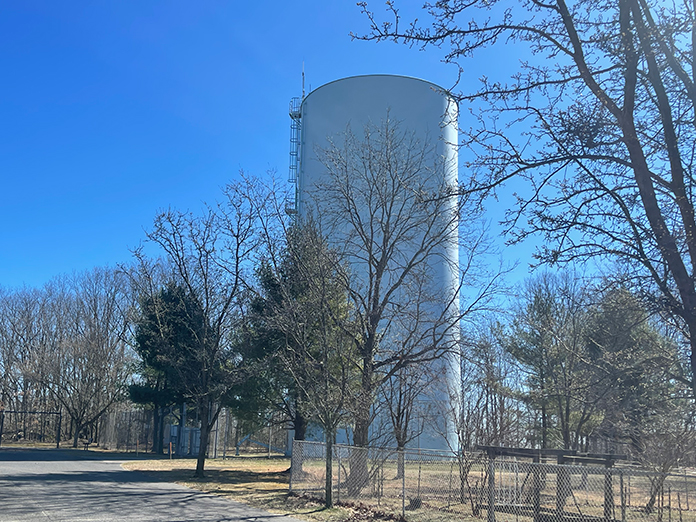
BTMUA has four deep wells drilled to some 1,800 to 2,000 feet that tap into the Potomac-Raritan-Magothy (PRM) Aquifer, and a number of much smaller Cohansey Aquifer wells that are much shallower, to a depth of some 60-80 feet.
Water that has been used is wastewater and goes to one of the three Ocean County Utilities Authority water treatment plants and is not reused, he said.
The water towers here, which range in capacity from 350,000 gallons to 2 million gallons, are just empty space inside and are filled with water.
“One of the more important functions of a water tower is, it enables us to more easily and efficiently meet our customer’s demand,” Maggio said.
Customers are not drawing a constant flow of water during the day. There are peaks and valleys – such as during the night when very little water is drawn – and a higher demand in the morning when everyone is taking showers and preparing food.
There are also peaks during the summer when people are watering their lawns, he said.
“If we were trying to just directly meet that demand from the treatment plant, we would have pumps constantly revving up and slowing down to provide the water for the people that are using it,” Maggio explained.
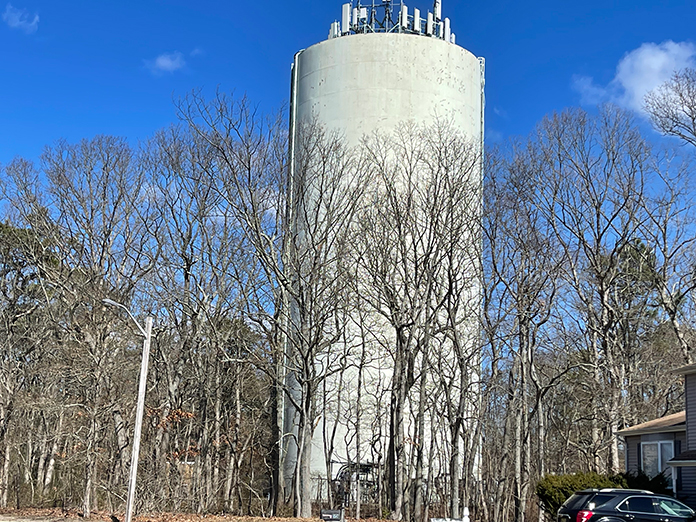
The water towers provide a reservoir that has meters, or control valves, that sense a drop in pressure when there is high demand. The tanks provide water to make up for the drop in pressure instead of pumps having to constantly rev up, he said.
While the tanks operate on gravity, each tank has a booster station, or a pumping station which keeps the pressure up mechanically.
“There’s limits to how much pressure you can get from the height of the tower,” Maggio said. “Just the height of the tower will not necessarily provide adequate pressure.”
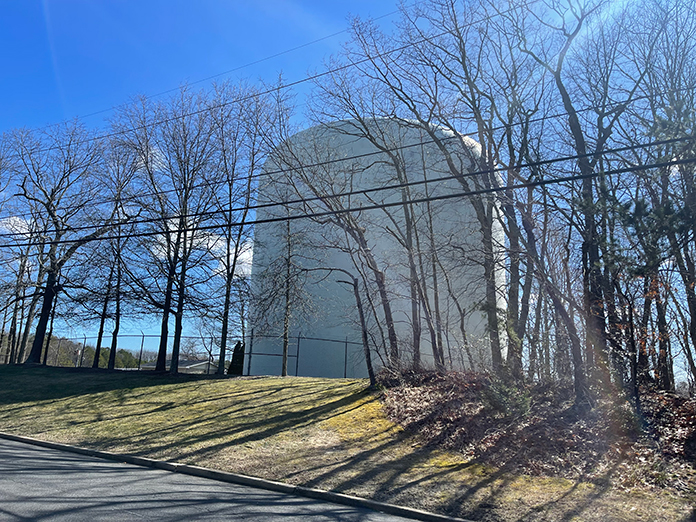
Brick has enough water tanks to meet the need. The Authority is just getting started on a long-term project to do general routine maintenance on the tanks, with a significant portion going towards painting the steel vessels inside and out.
Each tank will be inspected by an engineer who makes recommendations on any maintenance that is needed.
“Everything has a lifespan,” Maggio said. “For a water tank, it all depends on the conditions, but with painting, and keeping up with maintenance, even the tower from 1964 is a very good candidate for a paint job as opposed to a replacement.”
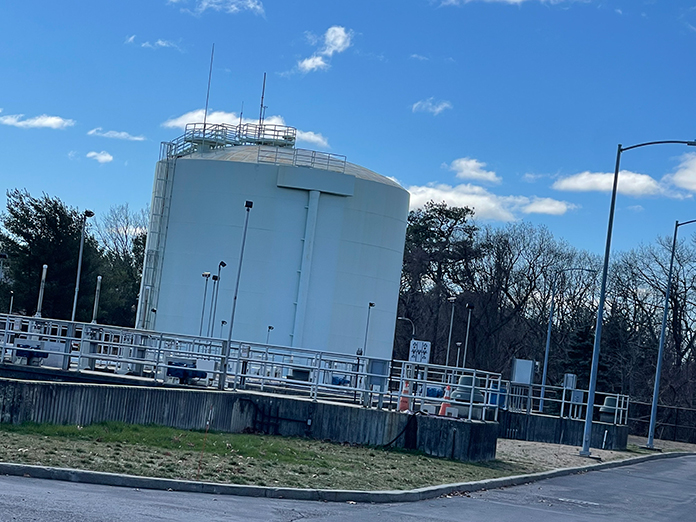
The special NSF (National Sanitation Foundation) – approved paint for use in drinking water protects the steel tanks from corrosion and the elements.
Painting a tank is a big operation. First, a large sheet is placed around the structure to enclose it, the old paint is sandblasted off, inside and out, and the old paint is collected in the sheet and taken offsite.
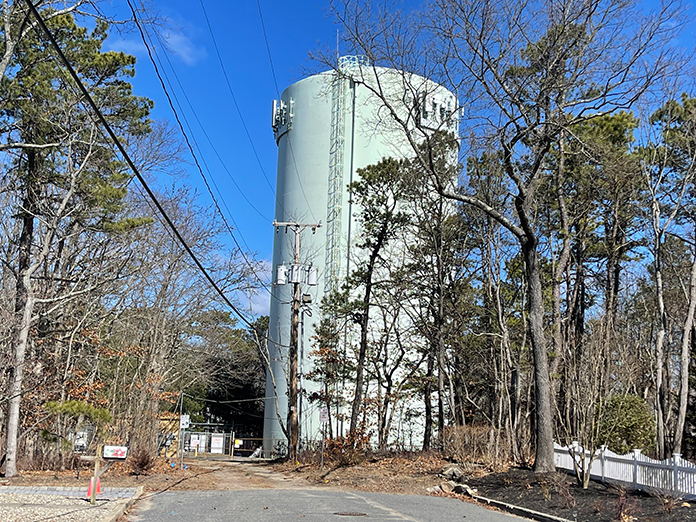
A new paint job should last 15 to 20 years, Maggio said. Painting a tank takes months and costs in excess of $1 million.
BTMUA supplies the water to all of Brick township except for the barrier island, which is supplied by New Jersey American Water.






